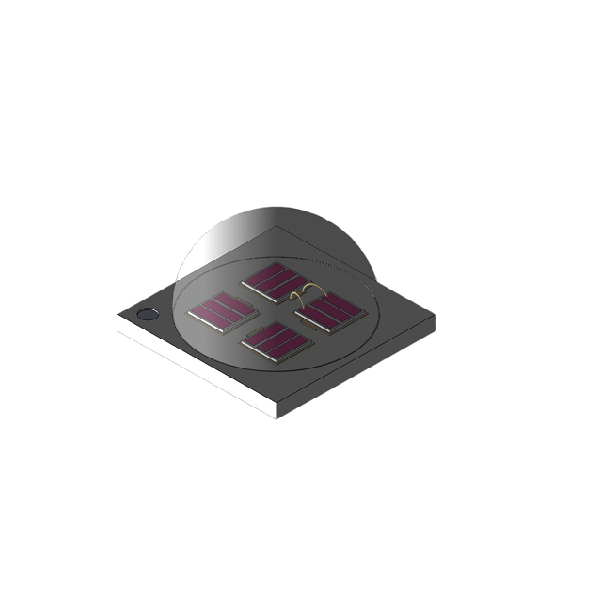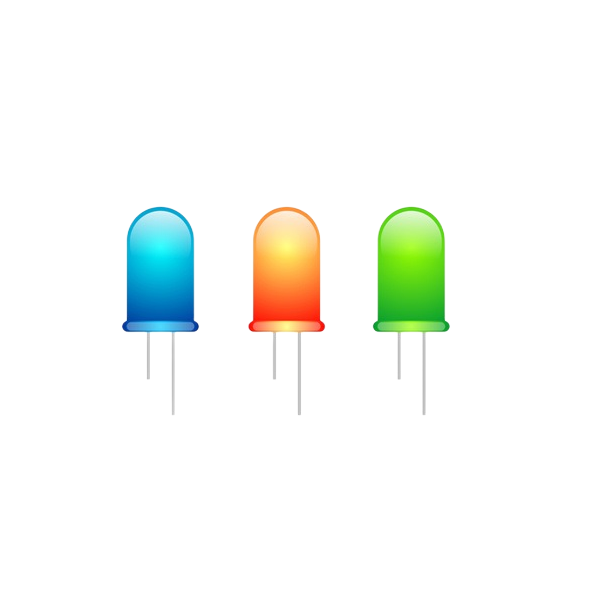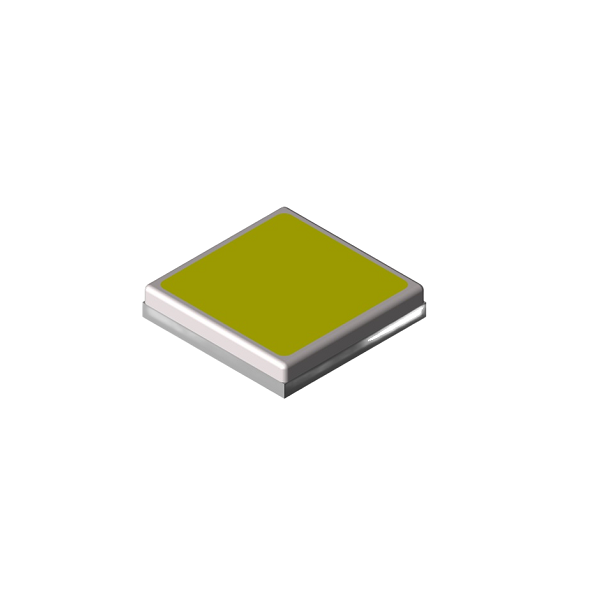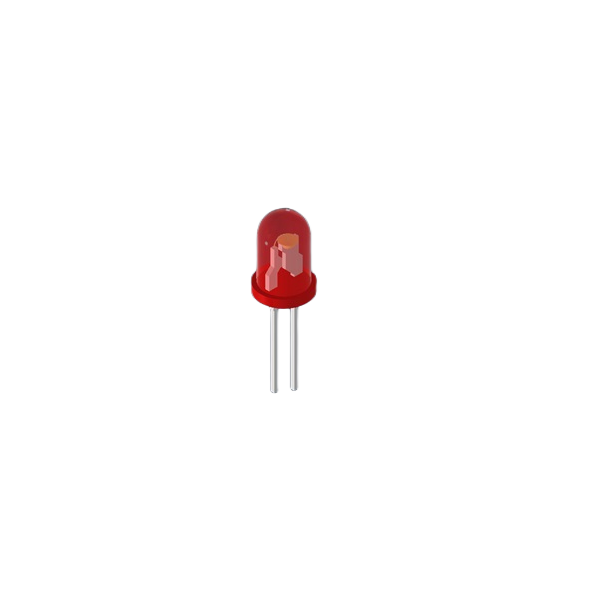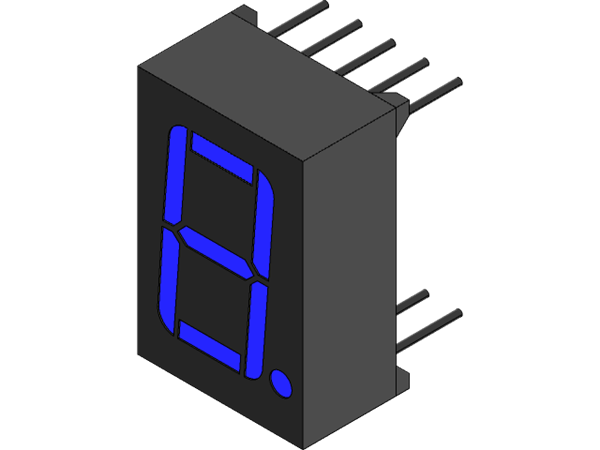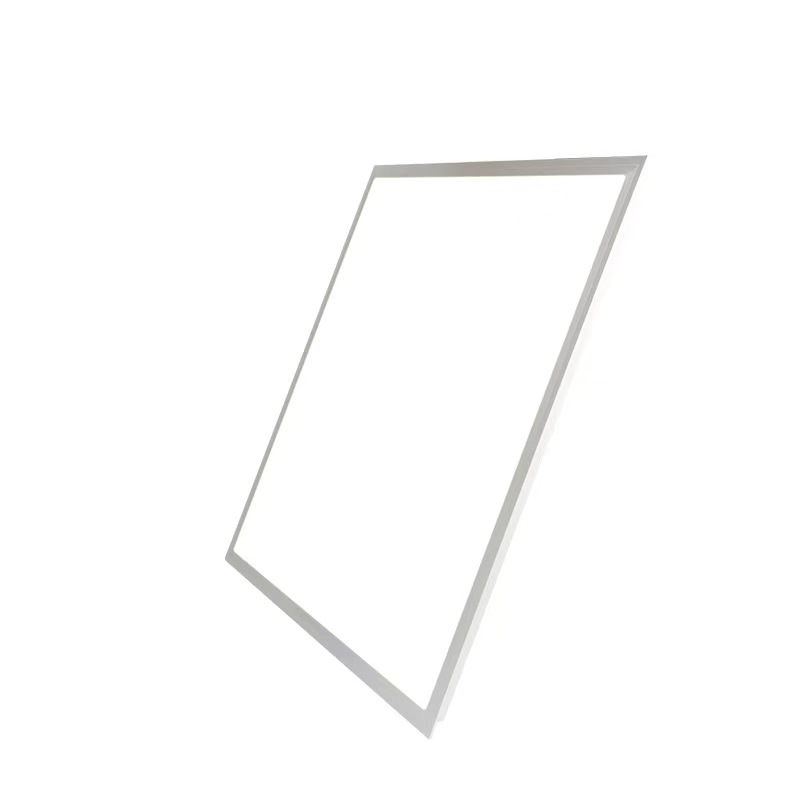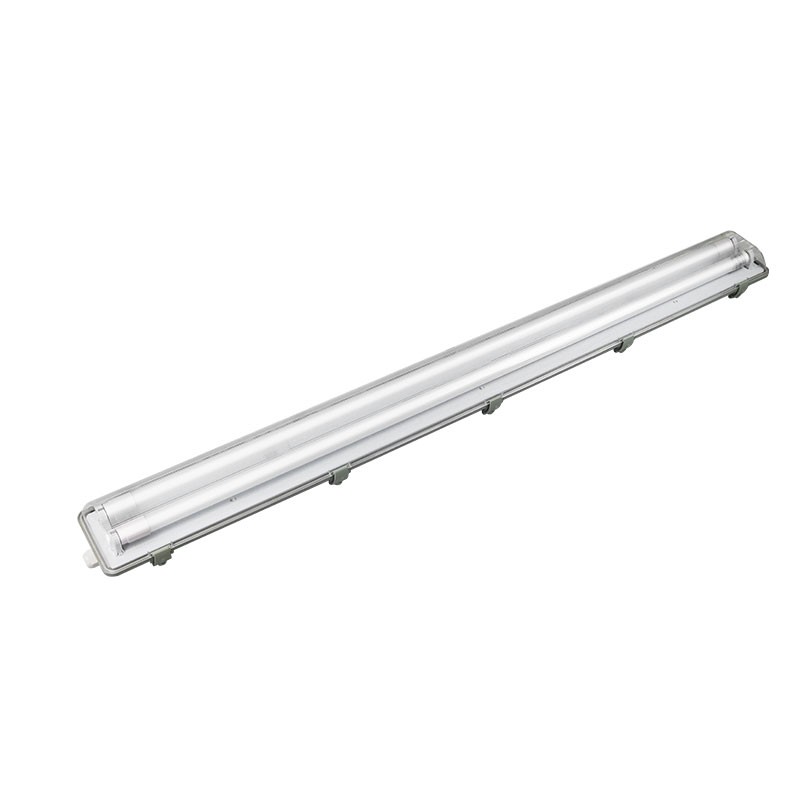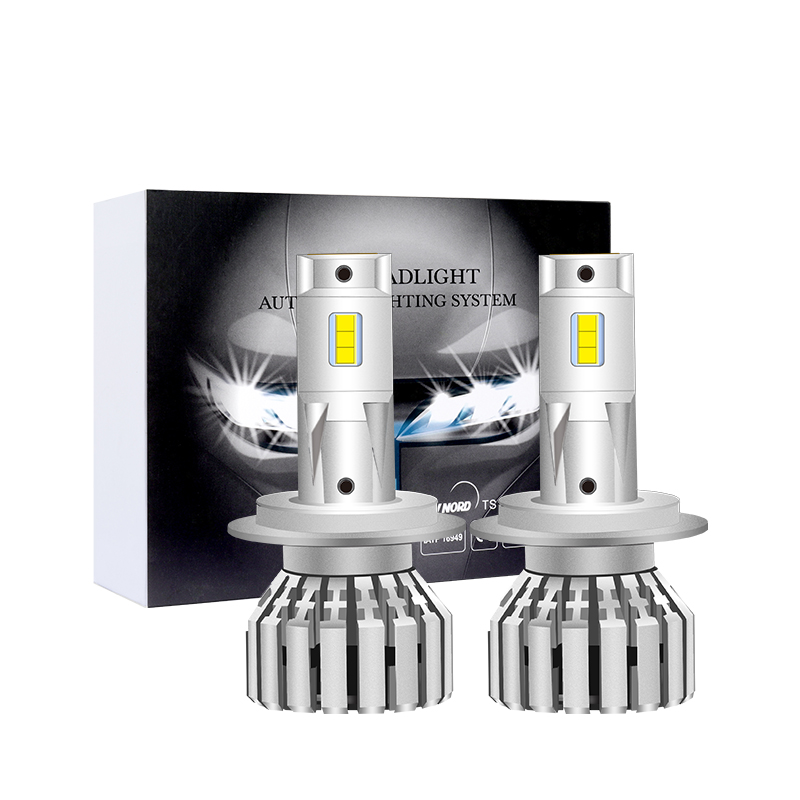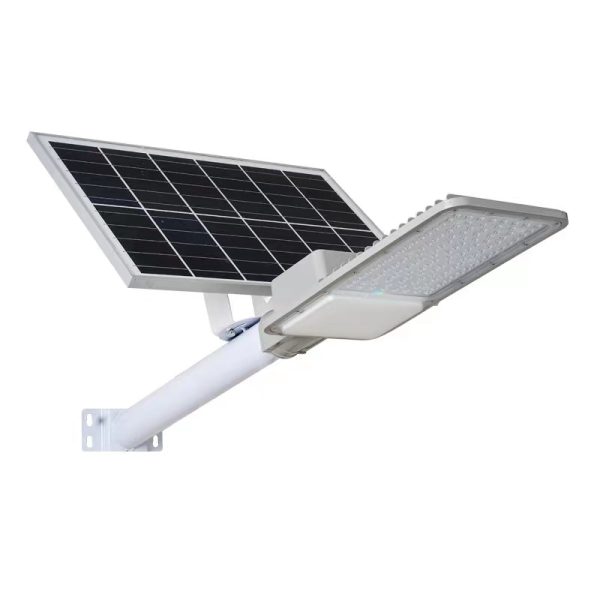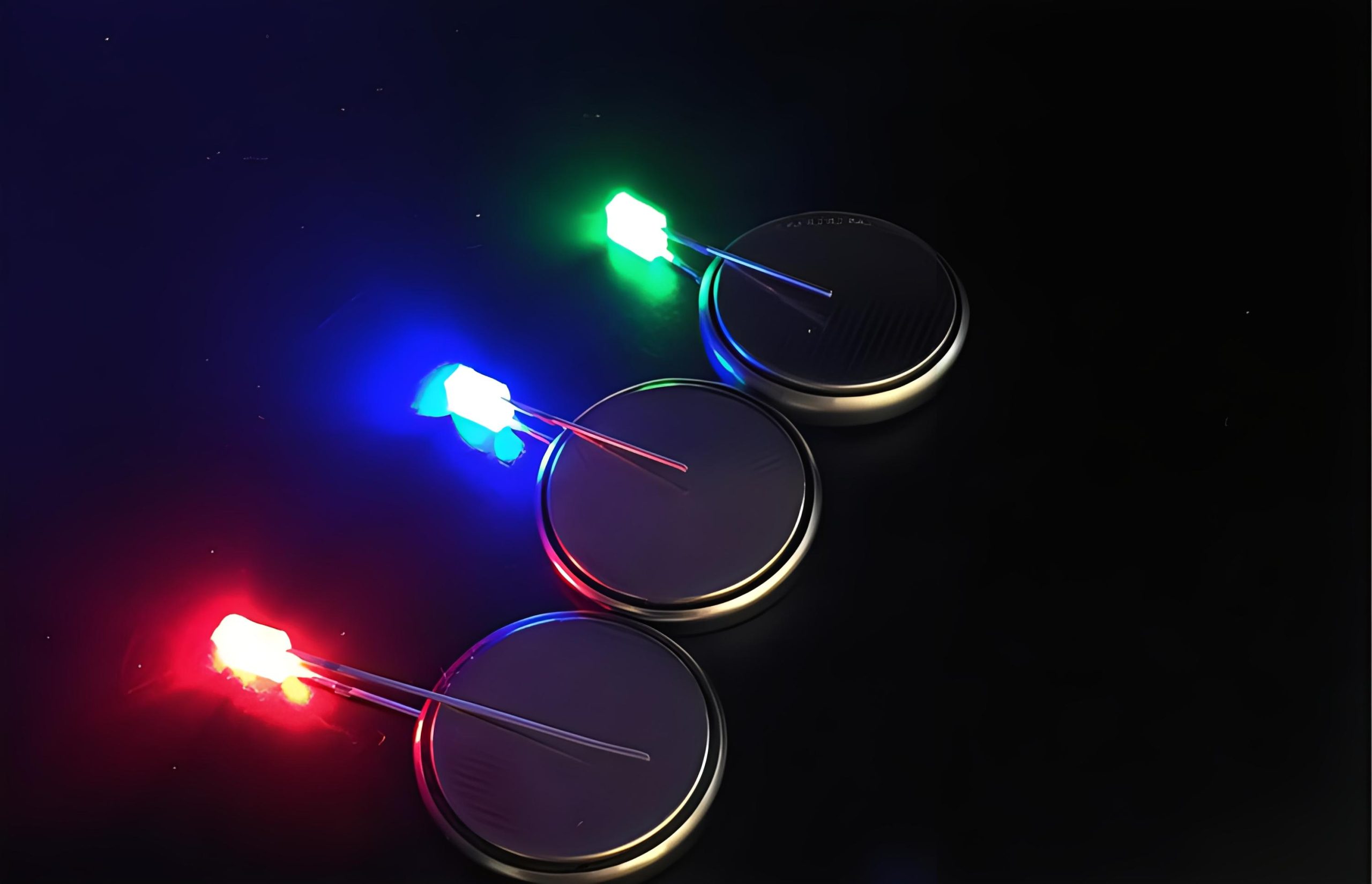Parameter performance of 257 rectangular LED
The parameter performance of 257 rectangular LED includes the following aspects:
1. LED colors: Common colors include white, blue, green, red, yellow, purple, etc. LEDs of different colors are suitable for different application scenarios.
2. Luminescence angle: affects the scattering range and intensity distribution of LED light. Common luminous angles include 120 degrees, 60 degrees, and 30 degrees.
3. Illumination distance: The illumination distance of through-hole LEDs is related to LED power and current density. Usually, the higher the power of an LED, the farther the illumination distance.
4. Brightness: The brightness of LED is related to factors such as material, process, and current density. The greater the power radiated per unit time, the higher the brightness.
5. Working voltage: The voltage required for through-hole LED operation, usually 2V-4V.
6. Working current: The required current for 257 rectangular LEDs to operate is usually 5mA-20mA.
7. Color temperature: The difference in color temperature of LED lights, where cold white light of the same brightness is brighter than warm white light. The color temperature of a typical white LED is between 2700K-6500K.
8. Luminous flux: The total output power of light emitted by an LED per unit time, usually measured in lumens. The higher the luminous flux, the higher the brightness of the LED.
9. Heat dissipation performance: The heat dissipation performance of the 257 rectangular LED directly affects the lifespan and effectiveness of the LED. Usually, copper base plates and heat sinks are used to improve heat dissipation performance.


